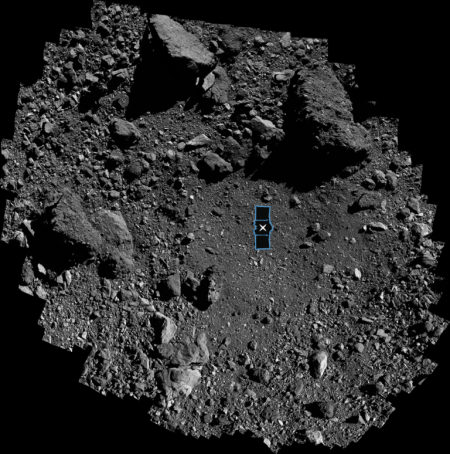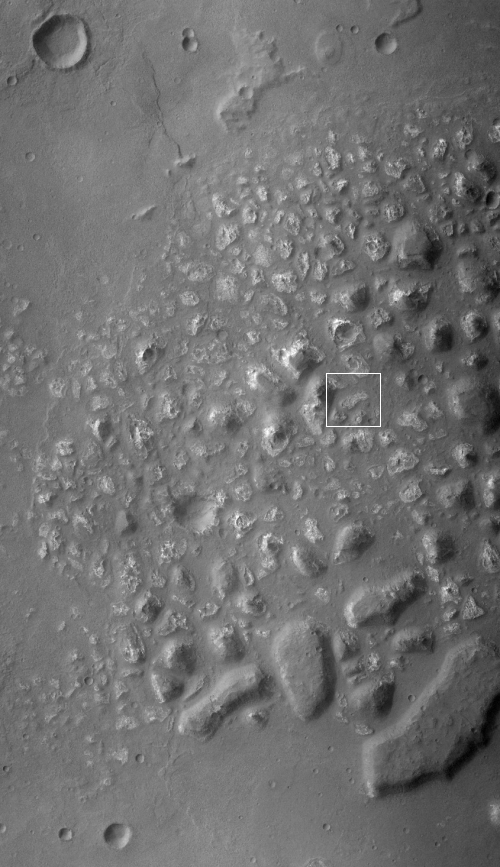New study confirms liquid water under Mars’ south pole
A new study has confirmed earlier work that suggested there were liquid lakes of water under the Martian south pole.
The data appears to indicate that the bodies are “hypersaline solutions” –a brine in which high concentrations of salt are dissolved in water – which is perhaps the reason they are able to stay liquid despite the very cold conditions of Mars’s south pole.
The fact that there is a whole set of lakes suggests that they have probably formed relatively easily, and that versions of them may therefore have been present throughout the history of the planet. [emphasis mine]
There is one problem with hypothesis indicated by the highlighted words. Mars’ rotational tilt (its obliquity) shifts significantly, from 0 to 60 degrees. Right now it is tilted about 25 degrees, similar to Earth. The south pole as we see it today will have been very different at different obliquities, which means there is no way to assume these posited underground lakes would have been there.
A new study has confirmed earlier work that suggested there were liquid lakes of water under the Martian south pole.
The data appears to indicate that the bodies are “hypersaline solutions” –a brine in which high concentrations of salt are dissolved in water – which is perhaps the reason they are able to stay liquid despite the very cold conditions of Mars’s south pole.
The fact that there is a whole set of lakes suggests that they have probably formed relatively easily, and that versions of them may therefore have been present throughout the history of the planet. [emphasis mine]
There is one problem with hypothesis indicated by the highlighted words. Mars’ rotational tilt (its obliquity) shifts significantly, from 0 to 60 degrees. Right now it is tilted about 25 degrees, similar to Earth. The south pole as we see it today will have been very different at different obliquities, which means there is no way to assume these posited underground lakes would have been there.








